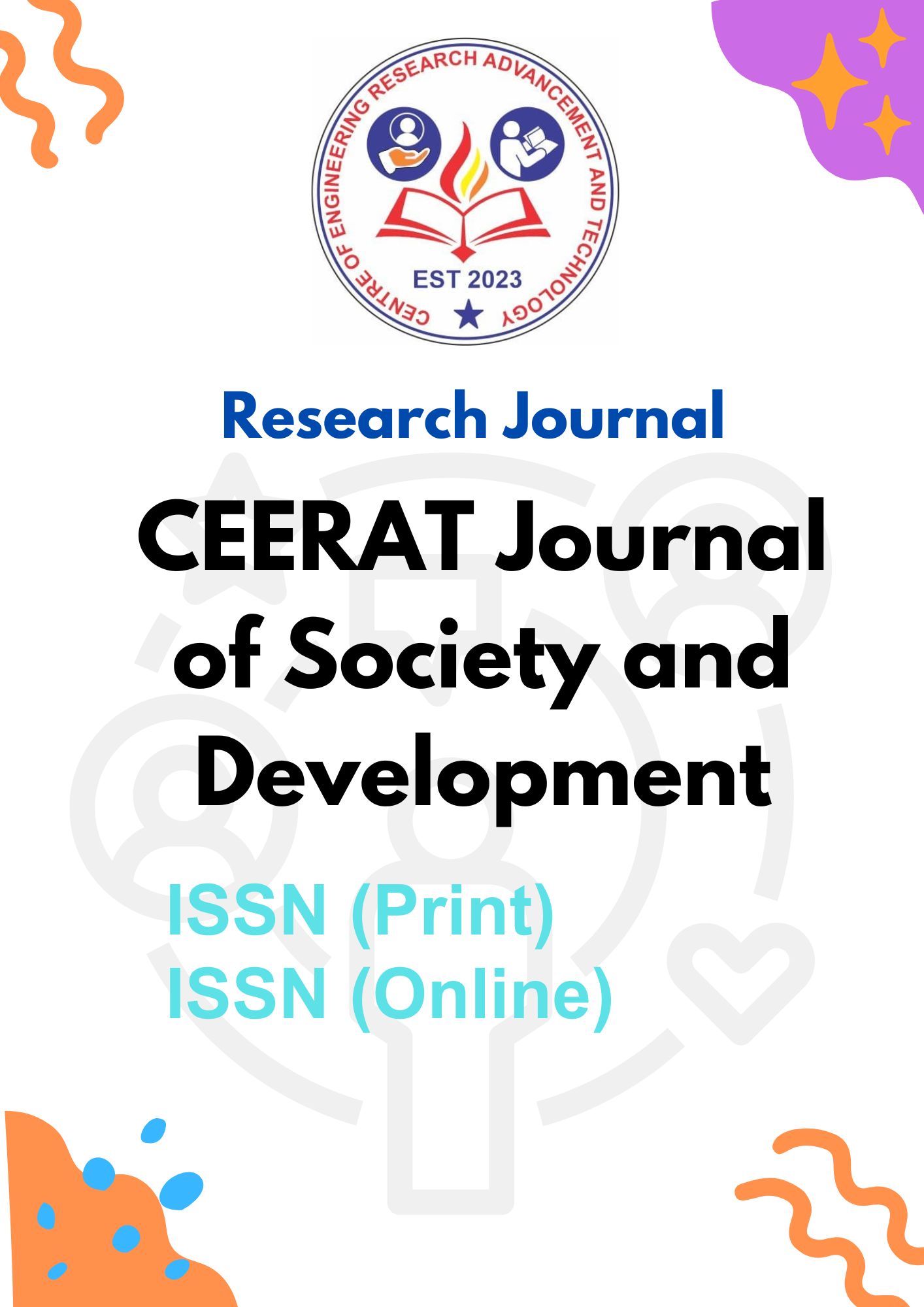Streptococcus Pneumoniae and Medicinal Plant Extraction: Experimental Research with Pneumonia Patients in Hospitals
Keywords:
Streptococcus Pneumoniae, Medicinal Plant, Pneumoniae Patient, HospitalAbstract
Pneumonia is a prevalent and often-seen illness in humans. This research investigates the antibacterial efficacy of pharmaceutical plant products contrary to Streptococcus pneumoniae (S.P.), a bacterium obtained from individual patients with pneumonia. The objective of the research is to separate antibiotic-resistant strains of Pneumococci from patients who are admitted to the hospital and then evaluate selected extracts from medicinal plants for their ability to inhibit the growth of Pneumococci by determining their minimum inhibitory concentration (MIC). Antibiotic susceptibility testing was conducted on clinical samples taken from 47 hospitalized patients. The analysis revealed that S. pneumoniae showed resistance to Ampicillin and Meropenem. Streptococcus pneumoniae is susceptible to Clarithromycin, Levofloxacin, Clindamycin, and Erythromycin. An experimental study was undertaken in the Jahangira area due to its diverse variety of medicinal plant species, such as Azadirachta indica, Nilotica, Allium Coriandrum, Allium sativum, Syzygium aromaticum, and Piper nigrum. These medicinal plants have not been previously used for the treatment of S.P. In this research, the antibacterial activity of traditional remedies from the Jahangira area was evaluated against S.P. The inhibitory zone was seen in numerous medicinal plants, such as Vachellia Nilotica, Syzygium aromaticum, and Allium sativum. The plant isolates have been diluted into a range of concentrations, namely 512g/ml, 256g/ml, 128g/ml, 64g/ml, 32g/ml, 16g/ml, 8g/ml, 4g/ml, 2g/ml, and 1g/ml. These dilutions were prepared in antiseptic nutritious broth and standard remedy and were placed on a 96-well microtiter plate. The purpose of this setup was to evaluate the Minimum Inhibitory Concentration (MIC). The amounts of MIC were measured at 8g/ml, 4g/ml, 2g/ml, and 1g/ml. The antibacterial efficacy of the specimen extracts was assessed in comparison to the conventional medications’ vancomycin and penicillin, while it was shown that they exhibited resistance toward Streptococcus pneumoniae. Furthermore, the antibiotic's efficacy was assessed by ocular evaluation in hospitalized individuals by quantifying the area of inhibition. Policymakers are advised to prioritize the cultivation of therapeutic plant species, such as Azadirachta indica, Nilotica, and Achyranthesesaspera, which have shown beneficial in the S.P.




